Allen W. Seaby: Urban Sketcher
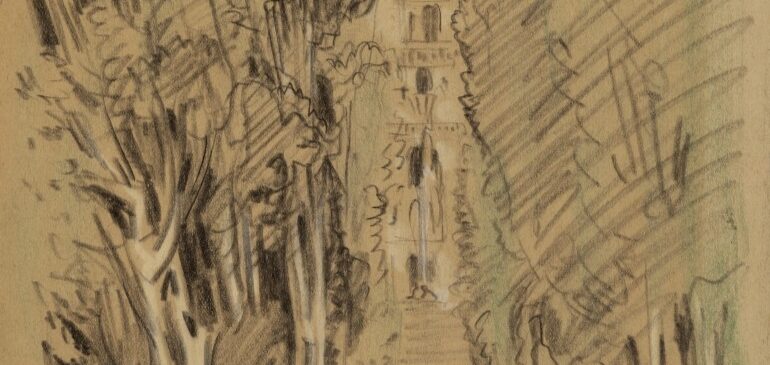
Allen W. Seaby (1867-1953), a former student and influential Professor of Art at the University of Reading from 1911 to 1933, was a prolific artist and writer. While best known […]
Forgotten Women
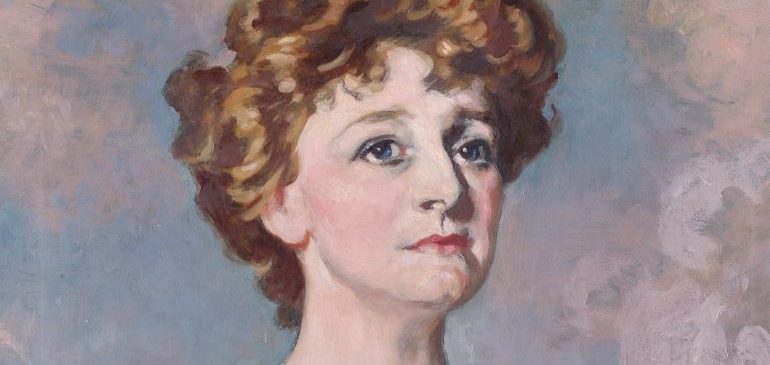
Portraits from the University of Reading Art Collection For International Women’s History Month 2024, the University of Reading Art Collection has been highlighting the often overlooked stories of individual women […]
Climate Stripes: Digital Artworks
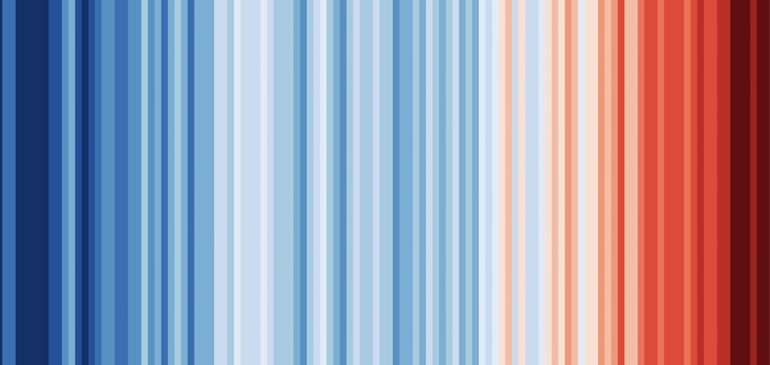
The University Art Collection has accessioned two editions of Climate Stripes developed by Professor Ed Hawkins (National Centre for Atmospheric Science, University of Reading) into the collection as digitally produced artworks: […]
John Golding
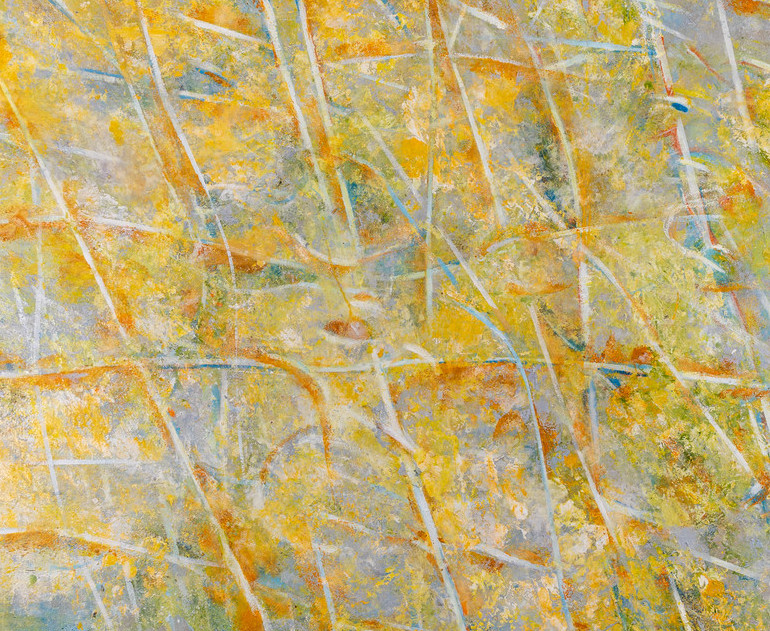
A combination of artist and art historian, John Golding (1929-2012) was born in Hastings, Kent, and grew up in Mexico. Early in his career, he was influenced by the dark, […]
Max Weber: The American Cubist

Best known as the artist who introduced Cubism to the USA, Max Weber discovered this style during his time in Europe. Influenced by artists including Rousseau, Matisse, and Cézanne, Weber’s artworks […]
Colour, Tone, Shadow, Line
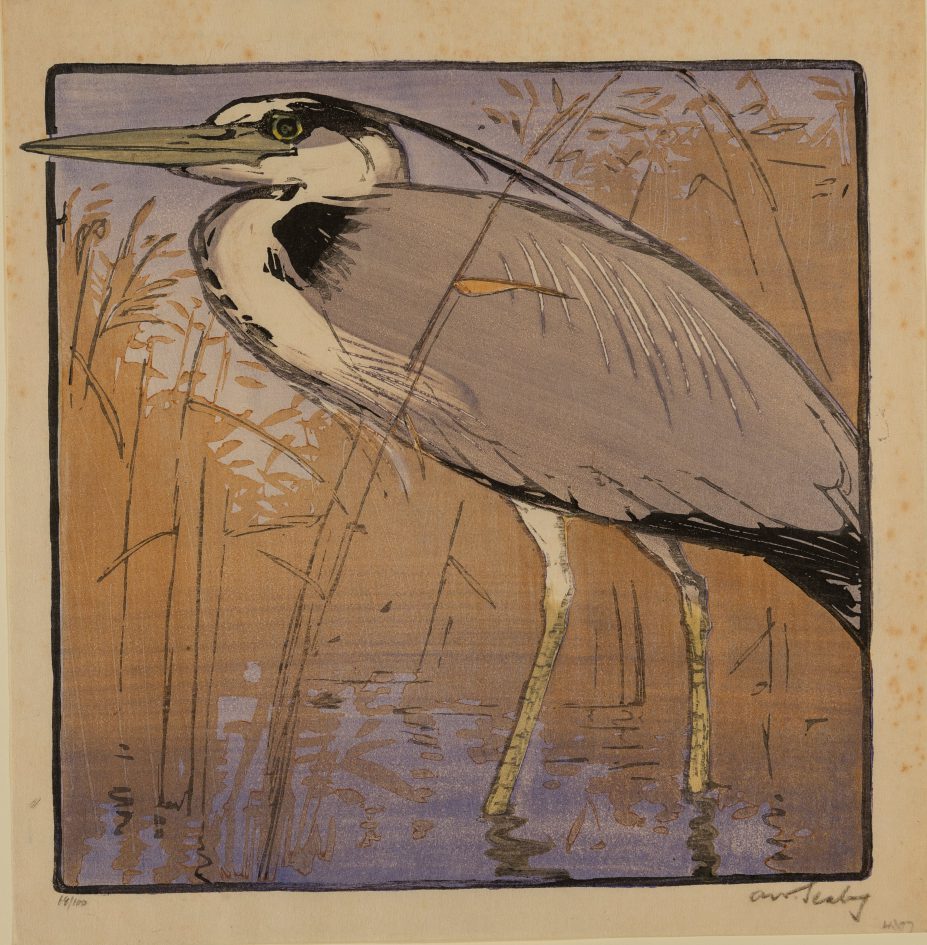
Allen W. Seaby and the Art of the Colour Print “The colour print may reveal the most beautiful and delicate form …” – Allen W. Seaby Colourful images built up […]